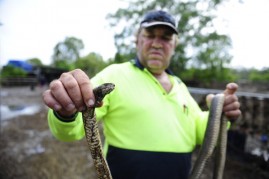
The Australian Brown snake has been considered as the second deadliest snake in the world when it comes to venom toxicity. Records show that most of the snakes' victims are males and occurs typically in the afternoon inside or near the residence.
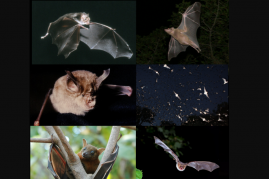
The discovery of the bats' new hibernation site is a precious thing for researchers. In this way, they will be able to study the bat's behavior and other detail through its DNA and guano samples before the white-nose syndrome disease spreads even further.
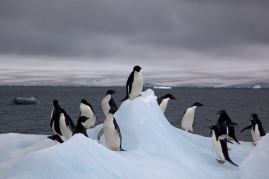
The population of Adelie penguins doubled according to the new estimate of researchers. From 2.3 million, it surged to 5.9 million that could cover the entire region.
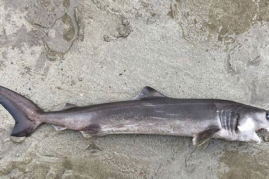
For the first time, a crocodile shark has entered cold British waters which could have been the cause of its death. The animal which is related to the Great White shark is already listed an endangered species and is known to live in tropical waters of Australia and Brazil.
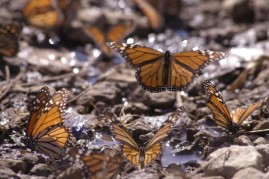
Monarch butterflies are declining in numbers because of decreasing milkweed due to land conversion and herbicide use.
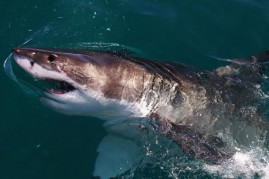
Cape Cod is getting frequented by great white sharks and it seems that the hunter's population is increasing. The predators are drawn to the place's warm waters and abundant food supply courtesy of the massive seal population.

Scientists made an amazing discovery as tree rings could predict a volcanic eruption.

The mysterious green sea ice which is sited drifting in the Ross Sea is caused by phytoplankton that also gave the ice its green tinge.
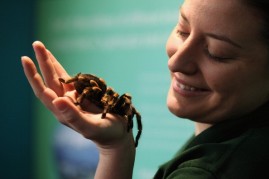
Researchers have discovered three new species of the huge bird-eating tarantulas from Brazil, Ecuador, and Peru.
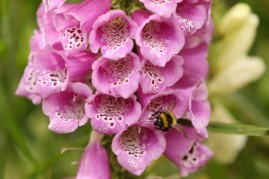
Bumblebees have the ability to distinguish if the flower has been visited already for food through the smelly tracks left by its own nest mate or from other species.



